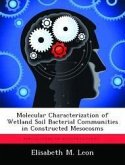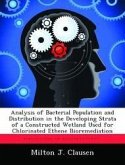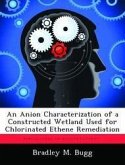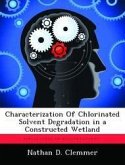The use of wetlands to effectively remediate aquifers contaminated with chlorinated solvents is an emerging technique, which shows high promise. In order to better understand this process and test its legitimacy, a treatment wetland was constructed at Wright-Patterson AFB, Dayton, Ohio and, in a joint effort with Wright State University (WSU), has previously shown the effective removal of PCE. The purpose of this research was to characterize the soil bacterial community, pre-PCE injection, among three wetland plant species from the sedge family (Cyperaceae) within constructed wetland mesocosms and to identify any bacterial dominance. Carex comosa, Scirpus atrovirens, and Eleocharis erythropoda were planted in multiple columns (mesocosms) filled with inoculated soils; water flow was through a vertical up-flow design representative of a ground water-fed wetland.
Hinweis: Dieser Artikel kann nur an eine deutsche Lieferadresse ausgeliefert werden.
Hinweis: Dieser Artikel kann nur an eine deutsche Lieferadresse ausgeliefert werden.








